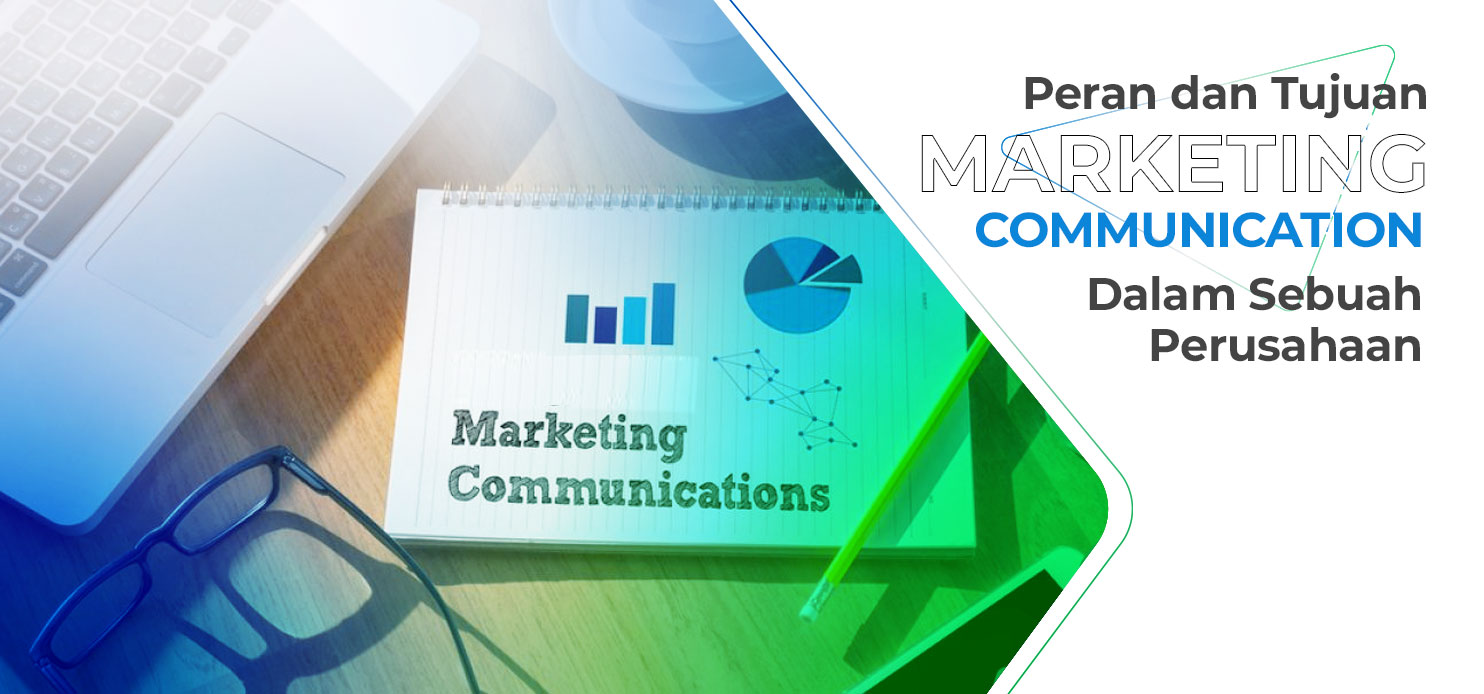The Role and Objectives of Marketing Communication in a Company

The role of marketing communications (MarCom) is very vital in a company. This division bridges all communications, both internal and external to the company. People in it usually need to convey messages or help others to introduce all elements of the company
MarCom must deal with media crew to build a good image in the news. Apart from that, MarCom's job is also to carry out direct marketing, sales presentations and sponsorship at large events. On the other hand, they also need to inform all company employees about the programs and products the company has.
Communication Marketing Objectives
The marketing communications profession is considered a very prestigious job. You need a lot of skills to be able to dive straight into this job. For more details, consider the objectives of a marketing communications person in a company.
1. Connecting companies with consumers
In terms of marketing, the task of marketing communications is of course to convey messages from the company to consumers. This important role aims to build a brand so that it is better known and trusted. That way, people will know more about the company's background and the products being marketed.
The messages conveyed by marketing communications can take many forms. They can communicate with media crews to provide news so that people can find it themselves. You can also make direct contact with consumers through social media, newsletters, or company activities.
2. Building a brand image
Branding is not built in a short time. Therefore, one of the tasks of marketing communications is to build the right image for a company. A marketing communications person must use a consistent style to be captured by consumers.
Everything about the appearance of the product, the language used, and pricing are elements in marketing itself. Marketing communications must place the right position in the company's image. This also relates to advertising and promotional materials that will be used by a company.
3. Conduct research for the company
Some marketing communications also have the task of connecting company stakeholders with the market. They must be good at reading trend movements that occur in the sector the company is involved in. After that, MarCom needs to create a report to help company management create a strategy.
The task of marketing communications is not finished there. They must also be a mouthpiece between management and all elements in the company regarding new things. That way, all parts of the company can continue to run together.
4. Do direct selling
Marketing communication is also required to be able to market products directly into the hands of end users. The methods used can of course vary greatly. A marketing communications person needs to be very close to consumers. They must build customer trust about the products being marketed.
Marketing communications staff need to have knowledge about the products they market. Sometimes, a direct negotiation occurs between the brand and consumers through marketing communication intermediaries. At least, they must be able to explain the advantages that make these products and services different from competitors.
Improve your skills in understanding marketing communications with a new paradigm that is developing through the Integrated Marketing Communication program from Prasmul Eli. You will be given learning related to how to see developments in consumer behavior in the digital era. You can also discuss directly with experts to get good insight to improve your career.
